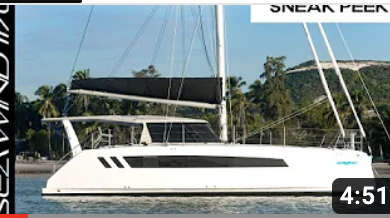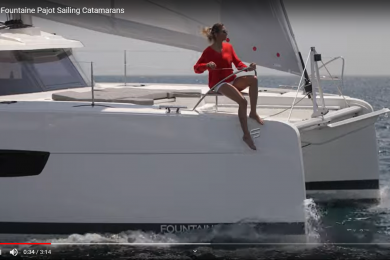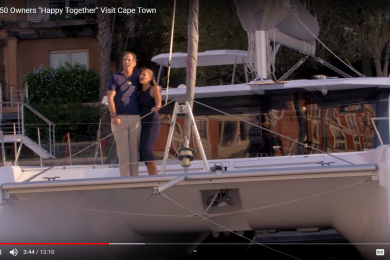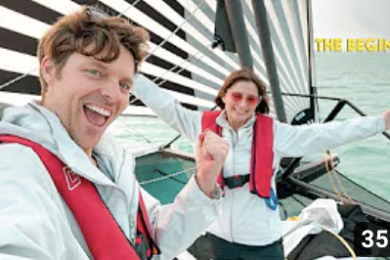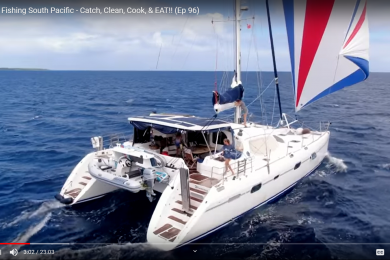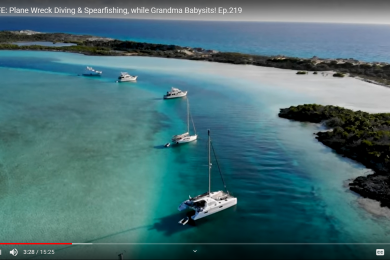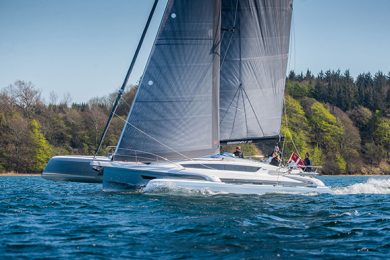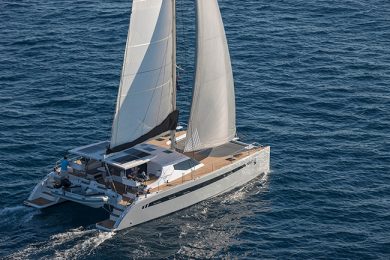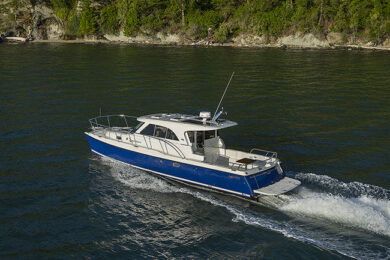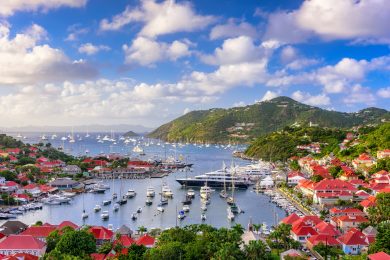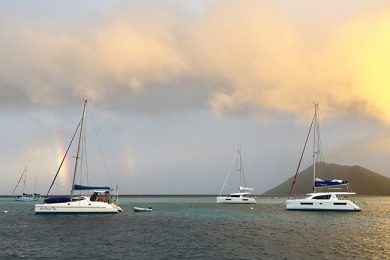SAN DIEGO — Larry Ellison’s team had just won another sailing race. His gear was still damp from the salt spray and the Champagne, and he was wearing a gold medal around his neck.
“The gold medalist passenger,” Ellison said mockingly of himself as he sat for an interview.
Ellison and humility are not often associated. A self-made billionaire who co-founded Oracle Corp. and is one of the world’s wealthiest men, he remains a conspicuous consumer in a nasty economy: A collector of trophy properties and, after quite a chase on the water and in the New York courts, the America’s Cup trophy, too.
But Ellison, lupine gaze and dandily trimmed beard in place, is more than clear-eyed enough to acknowledge when he is being taken for a ride. Last weekend, during the America’s Cup World Series event in San Diego, he sat as an observer on the back of Oracle 4, one of his team’s AC 45-foot catamarans, while the skipper James Spithill and the other four members of the crew owned the podium: winning the match racing title and the fleet race.
Ellison, the team’s owner and an accomplished sailor, hopes to take a more active role when the real America’s Cup is raced in a 72-foot version of these catamarans in 2013 on San Francisco Bay.
“I’d like to be on the boat, but again, what’s important is that we put the best guys out there who have the best chance to win,” Ellison said. “They put in a lot of time practicing together, and it really is a full-time job, and the trouble is, I have another full- time job. But I’m going to go out in the AC 45s and do a little bit of match racing in San Francisco Bay and have some fun and see how it goes.”
Ellison could have made the process much easier on himself. If he had chosen to defend the Cup in traditional monohull yachts, he could have all but guaranteed himself a spot on board between board meetings. If he had chosen to defend it in the same megasize trimaran in which he won the Cup in 2010, there would have been ample room.
Instead, he and Russell Coutts, the star skipper from New Zealand who is Oracle Racing’s chief executive, chose a smaller high-performance, high-speed multihull with a wing sail.
This type of yacht demands an unprecedented degree of risk management and athleticism from a Cup crew.
Ellison might stay in fine shape playing tennis five times a week, but he is 67 in an event now designed for younger men and designed to appeal to them, too.
“Absolutely, but I’ll work hard and see if I can do it,” Ellison said. “And if I can’t, it’s still the right thing for our sport.”
Ellison has other sports. In 2009, he bought the tennis tournament in Indian Wells, Calif. — a prestigious stop on the men’s and women’s professional tours — and enjoys the contact with champions like Rafael Nadal, who sometimes trains at Ellison’s home in Palm Springs.
Last year, Ellison bid unsuccessfully to buy the Warriors. But sailing is his longest-standing connection and the only sport in which he can participate at the highest level. With sponsorship sluggish, at least for now, he is backing this new-look Cup with more of his own fortune, which was estimated at $33 billion by Forbes in September, ranking him as the third-wealthiest American behind Bill Gates and Warren E. Buffett.
Ellison’s team spent a reported $200 million or more failing to win the 2007 Cup in Valencia, where Alinghi, the Swiss syndicate, defended the trophy. Ellison’s team then spent hundreds of millions more to win the Cup in 2010. Oracle exploited a legal error by Alinghi to force a one-on-one match for the Cup, building a massive 90-by-90-foot trimaran with a wing sail and defeating Alinghi, which competed in a huge catamaran with a conventional soft sail steered by the team owner Ernesto Bertarelli, a billionaire who by then had become Ellison’s bitter rival.
Eight other teams, not all certain to compete, have announced challenges for the next Cup, including the traditional powers Emirates Team New Zealand and Luna Rossa. Alinghi is not among them.
“It would be great if he was there, but certainly by no means essential,” Ellison said of Bertarelli.
Ellison said he still expected eight to 10 teams would make it to San Francisco but was concerned enough about their finances to have contacted sponsors in an attempt to help rivals like Team Korea with their budget.
Bertarelli claimed last year that the costs of trying to compete effectively with Ellison’s riches were too high in the current economic climate. He is not alone.
“The scary thing is if Oracle lose this next Cup, who on earth is going to be able to afford to keep this model running?” said Mike Sanderson, the New Zealander and former world sailor of the year who was once manager of the now-defunct Cup syndicate Team Origin. “The show is massive, and it must be costing hundreds of millions of dollars, and it’s so far from being commercially viable.”
Ellison acknowledges the challenge, and there has been discontent with some of the commercial team in place. But Ellison refutes reports that he has committed $300 million of his own money to the Cup buildup, including the television production crew that numbered 110 here and is using innovative graphics to make sense of the tacks and jibes for the uninitiated.
“I’m not spending that much money; that sounded crazy,” Ellison said. “But the idea is we’ve got to make this a TV sport.”
Asked how he would define success in 2013, Ellison answered, “That it’s no longer an event just for an elite few, but, rather, it reaches mass popularity.”
Mass popularity is a great deal to ask of an event that gave away its television rights in 2010. But Ellison and Coutts have adopted the build-it-and-they-will-come method: backing the extreme approach and the sailing World Series. A training ground and promotional vehicle, the Series has had three stops this season and will have three more beginning in April in Naples, Italy; Venice and then Newport, R.I.
Reviews of the spectacle from skeptical competitors and fans have been generally positive, and another series is planned before the Cup in 2013. It is all quite an investment, quite a gamble.
Ellison, a man of modest beginnings, has clearly benefited from trusting his instincts. But the question remains: Is he overestimating the broader appeal of the Cup that meant so much to him to possess?
“I’m very optimistic that once people watch the sport and watch how athletic it is and watch how much fun it is, we get a second chance, a second bite at the apple,” Ellison said. “And we can get kids very involved in this. It’s every bit as much fun as snowboarding.”
